(18257 products available)




















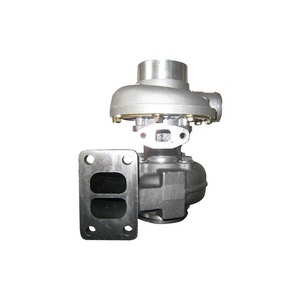

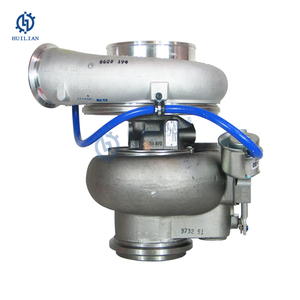









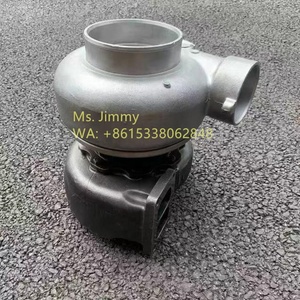
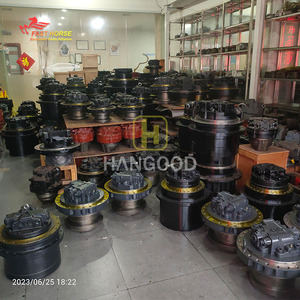











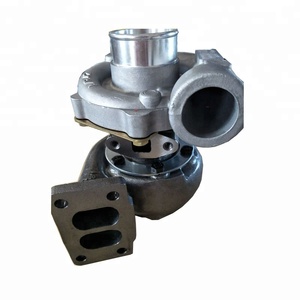



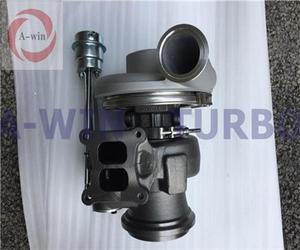

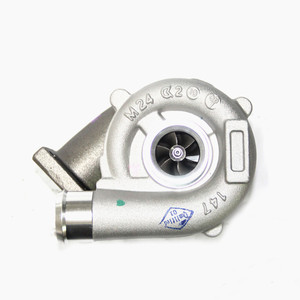












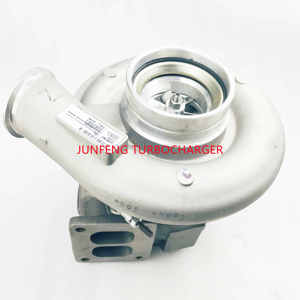


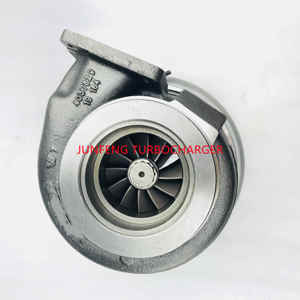





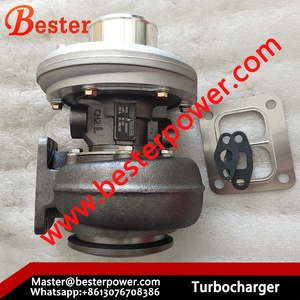
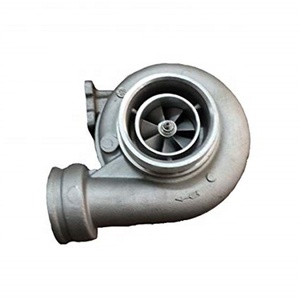












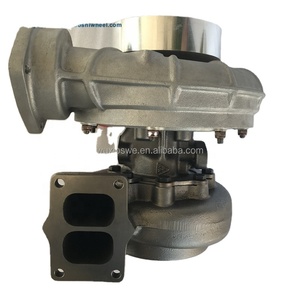


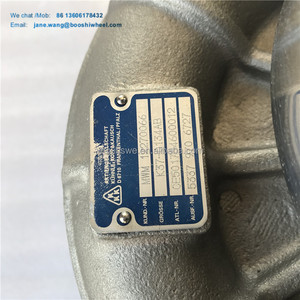


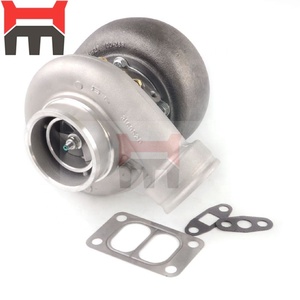






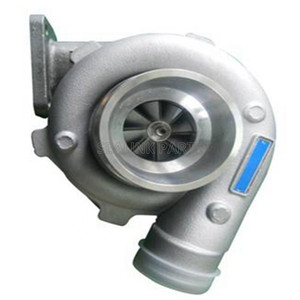






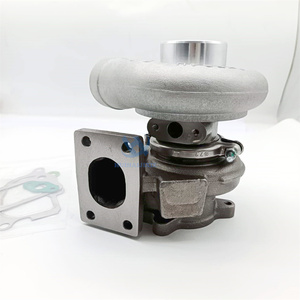




















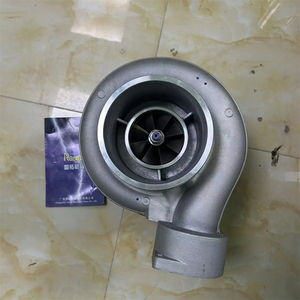

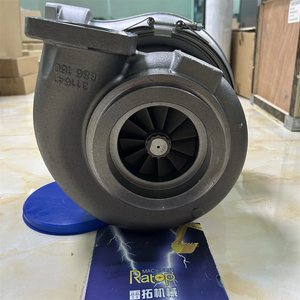

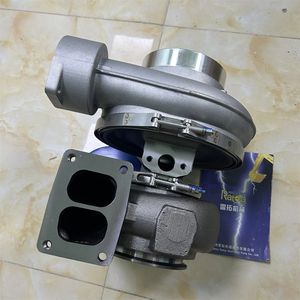




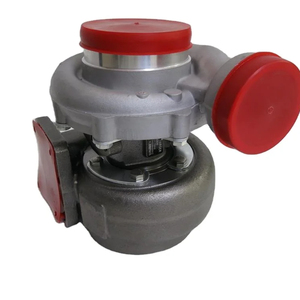












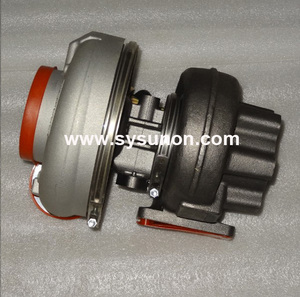







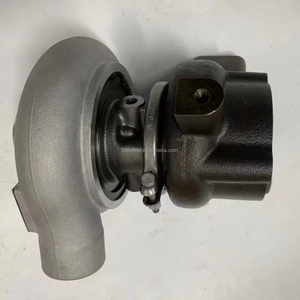



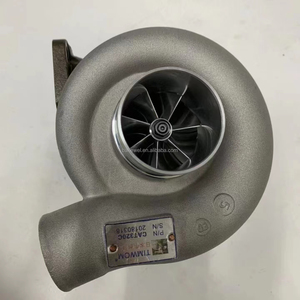


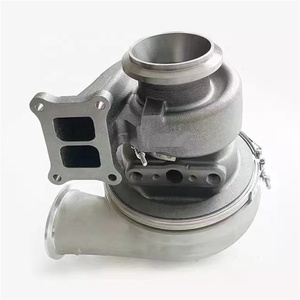

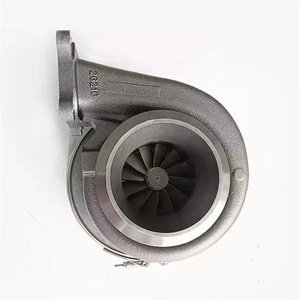

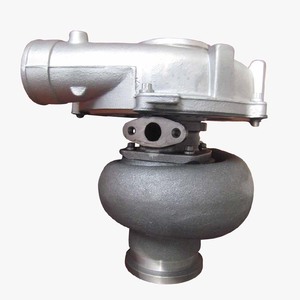

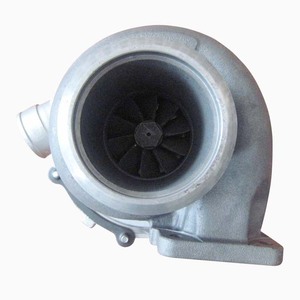





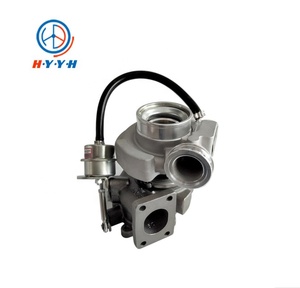





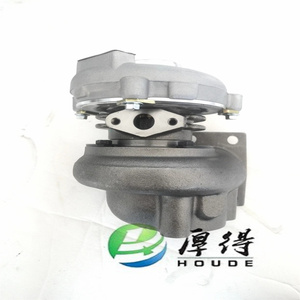



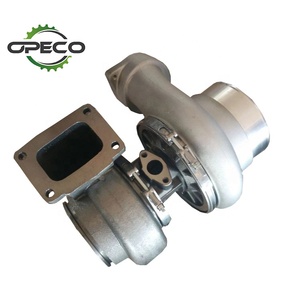

Industrial turbochargers are essential components in many industries, enhancing the performance and efficiency of engines and other mechanical systems. They are typically categorized based on their design and functionality. The first type is the Variable Geometry Turbocharger (VGT). This kind of industrial turbocharger has adjustable vanes that direct the exhaust flow onto the turbine wheel. This feature allows the turbocharger to optimize performance and reduce turbo lag across a broader operating range. As a result, variable-geometry turbochargers are often employed in heavy-duty trucks and industrial machinery where consistent power delivery is crucial.
The second type is the Wastegate Turbocharger. Wastegate turbochargers have a valve called a wastegate that regulates the exhaust flow to the turbine. The wastegate can partially or completely bypass the turbine, enabling precise control of boost pressure. These turbochargers are widely used in racing and performance-oriented applications, allowing for rapid spool-up and adjustable boost levels. Furthermore, wastegate turbochargers can be either internal or external, depending on the system's design requirements.
Twin-scroll turbochargers are another type of industrial turbocharger. Twin-scroll turbochargers are designed to improve efficiency and reduce turbo lag by separating the exhaust pulses from paired cylinders in an inline engine. This separation maximizes the energy harnessed from the exhaust gases, resulting in quicker spool times and a more linear power delivery. Twin-scroll turbochargers are particularly beneficial for smaller-displacement engines and are commonly utilized in sports cars and performance-focused vehicles.
Electric turbo-compound (ETC) systems are emerging industrial turbochargers. ETC systems combine a traditional turbocharger with an electric motor generator. This setup allows the system to recover excess energy from the exhaust gases and use it to power the electric motor, providing additional boost and improving overall engine efficiency. ETC systems are gaining traction in hybrid and electric vehicles, where optimizing every available energy resource is crucial.
Lastly, there are Hydraulic turbochargers. These industrial turbochargers utilize hydraulic fluid power to drive the turbine and compress the intake air. Hydraulic turbochargers are beneficial in applications where space is limited, and traditional mechanical drive systems may not be feasible. These turbochargers find use in mobile equipment, such as construction machinery and agricultural implements, where reliability and compactness are essential.
In summary, industrial turbochargers play a vital role in enhancing performance and efficiency across various industrial and mechanical applications. By understanding the different types of turbochargers available, businesses and industries can make informed decisions when selecting the appropriate turbocharger to meet their specific needs and requirements.
Airflow
Airflow refers to the volume of air the turbocharger can move in and out of the engine. Higher airflow allows for more combustion, resulting in increased power output. Factors such as the size of the compressor and turbine wheels influence airflow in a turbocharger.
Pressure Ratio
The pressure ratio is the difference between the pressure of the air entering the turbocharger and the pressure of the air exiting the turbocharger. A higher pressure ratio means more compressed air is available for combustion, leading to greater engine efficiency and power.
Speed
Industrial turbochargers operate at high speeds, typically ranging from 100,000 to 200,000 RPM. The speed affects the amount of air compressed and the energy required to drive the turbocharger.
Material
Industrial turbochargers are made from various materials, including cast iron and aluminum. The material impacts the turbocharger's durability, weight, and heat resistance.
Cooling Method
Cooling is vital in maintaining optimal turbocharger performance and longevity. Turbochargers can be cooled using air or water. Water-cooled turbochargers offer more effective cooling, resulting in reduced heat and improved turbocharger efficiency.
Bearing Type
Bearing type affects the turbocharger's operation and longevity. Common bearing types include journal and ball bearings. Journal bearings are more common in industrial turbochargers due to their durability and low maintenance requirements.
The maintenance of turbochargers is, however, essential regardless of the cost of the turbocharger. Industrial turbochargers are usually employed in complex processes, and so, maintaining them is crucial to avoid downtime and costly repairs. Here are some tips for maintaining turbochargers:
Regular Oil Changes
Regular oil changes are vital for industrial turbocharger maintenance. The oil lubricates the turbocharger bearings, reducing friction and preventing damage. Changing the oil regularly ensures proper lubrication, extending the turbocharger's lifespan. Additionally, fresh oil helps remove contaminants that can accumulate over time, maintaining the turbocharger's optimal performance.
Air Filter Maintenance
Air filter maintenance is crucial for industrial turbochargers. The air filter prevents dirt and debris from entering the engine, ensuring clean air for optimal turbocharger performance. A clogged or dirty air filter restricts airflow, reducing the turbocharger's efficiency and potentially causing damage over time. Regularly inspecting and replacing the air filter maintains unrestricted airflow, maximizing the turbocharger's performance and protecting the engine.
Cooling System Inspection
Cooling system inspection is vital for maintaining industrial turbochargers. The cooling system regulates the turbocharger's temperature, preventing overheating during extended use. Overheating can lead to turbocharger damage and costly repairs. Regularly inspecting the cooling system, including hoses, coolant levels, and the radiator, ensures proper cooling and prevents temperature-related issues, maximizing the turbocharger's efficiency and longevity.
Regular Inspection
Regular inspection is crucial for maintaining industrial turbochargers. Routine inspections help identify wear and damage signs, such as cracks or leaks, in the turbocharger components. Early detection allows for timely repairs, preventing costly turbocharger damage and minimizing downtime. Additionally, regular inspections ensure all turbocharger parts function optimally, maximizing efficiency and performance.
Choosing the right turbocharger for an application can be a complicated process. Here are some factors to consider when choosing a turbocharger:
Engine size:
The size of the engine is one of the most important factors to consider when choosing a turbocharger. Larger engines can generate more exhaust gases and thus require larger turbochargers to handle the increased flow. Conversely, smaller engines will not produce as much exhaust and will require a smaller turbocharger for efficient operation.
Type of fuel being used:
The type of fuel being used can also affect the choice of turbocharger. Gasoline engines typically use smaller turbochargers than those powered by diesel fuel. This is because diesel fuel contains more energy and can produce larger amounts of exhaust gases.
Intended use:
Intended use is another important factor in choosing a turbocharger. For example, a vehicle meant for racing will require a different turbo setup than one used for towing or daily commuting. Racing requires quick spool times and high peak power, while towing needs more low-end torque and broader power delivery.
Compressor wheel size:
Compressor wheel size must be in sync with the engine's displacement and its intended use. A larger compressor can pull in and compress more air but may cause turbo lag. On the other hand, a smaller compressor results in a quicker-spooling turbo but limits the overall power potential.
Turbine wheel size:
Industrial turbine wheel size must also be compatible with the engine's characteristics. A larger turbine can extract more energy from the exhaust gases but may require more effort to spool up, leading to lag. Conversely, a smaller turbine offers less resistance but may not fully harness the exhaust energy.
AR ratio:
The aspect ratio of the turbine housing (AR ratio) influences the balance between low-end spool and high-end efficiency. A lower AR ratio (smaller housing) provides quicker spool times but may limit top-end power, while a higher ratio suits high-RPM applications but at the cost of lag.
Vehicle weight:
The vehicle's weight can impact turbocharger selection. Heavier vehicles may require more robust turbochargers to achieve desired performance levels, particularly in terms of acceleration and towing capacity.
Altitude:
For those living in high-altitude areas, a turbocharger is vital. At high altitudes, the air density is lower, which can affect engine performance. A turbocharger can help compensate for this by forcing more air into the engine, ensuring it runs optimally even at higher elevations.
Durability and reliability:
Consider the durability and reliability of the turbocharger. Some are designed for high-performance applications but may need more longevity under extreme conditions. Opting for a turbocharger made from robust materials built for the intended application can save costs in the long run.
Replacing a turbocharger can be a complex task, but with the right tools and mechanical knowledge, it can be done. Here are the general steps for replacing an industrial turbocharger:
Tools and Materials Needed:
Step-by-Step Guide:
Preparation
Disconnect the battery. Drain the cooling system if the engine uses one. Gather all the necessary tools and materials.
Remove the Old Turbocharger
Start by removing any components obstructing the turbocharger, such as the intake and exhaust piping. Then, disconnect the oil lines and remove the turbocharger bolts. Carefully lift the turbocharger out and set it aside.
Install the New Turbocharger
Place the new turbocharger onto the manifold and secure it with bolts. Reconnect the oil lines, ensuring no leaks are present. Reinstall any removed components, including the exhaust piping and intake piping.
Final Checks
Reconnect the battery. Start the engine and let it run for a few minutes. Check for any oil or coolant leaks and address them accordingly.
Q1: What are the benefits of turbochargers in industries?
A1: Industrial turbochargers are used to improve efficiency and performance in various ways. They increase the power of the engines used to drive equipment and machinery, which in turn increases productivity. They also compress air to increase its pressure, which is useful in applications such as chemical processing, material transportation, and mining operations. By doing all these, turbochargers help to optimize industrial operations.
Q2: What is the difference between a turbocharger and a supercharger?
A2: While superchargers are driven by the engine crankshaft, turbochargers are powered by exhaust gases leaving the engine. A turbocharger uses the energy in the exhaust flow, which would otherwise be wasted, to spin a turbine that draws in more air and forces it into the engine. This makes the engine more efficient and increases its power output. As a result, industrial turbochargers are more efficient than superchargers.
Q3: Can turbochargers be used in small engines?
A3: Yes. Turbochargers can be used in small engines to enhance their performance and efficiency. By forcing more air into a small engine, the operator can extract more power without increasing the engine's size or fuel consumption. This is particularly beneficial in applications where space is limited, and high power output is required.
Q4: Do industrial turbochargers need to be cooled?
A4: Yes. Turbochargers generate heat during the compression and expansion of air. If this heat is not managed, it can damage the turbocharger and surrounding engine components. Cooling the turbocharger extends its lifespan and maintains optimal performance. There are different cooling methods, including water cooling and oil cooling.
Q5: How can users ensure the turbocharged engine lasts long?
A5: Proper maintenance is crucial to ensure the turbocharged engine lasts long. Following the manufacturer's maintenance schedule, using high-quality oil, and ensuring the cooling system works effectively are all part of proper maintenance. It's also important to allow the engine to idle briefly before shutting it down, especially after heavy load operations, to let the turbocharger cool down.